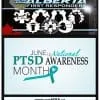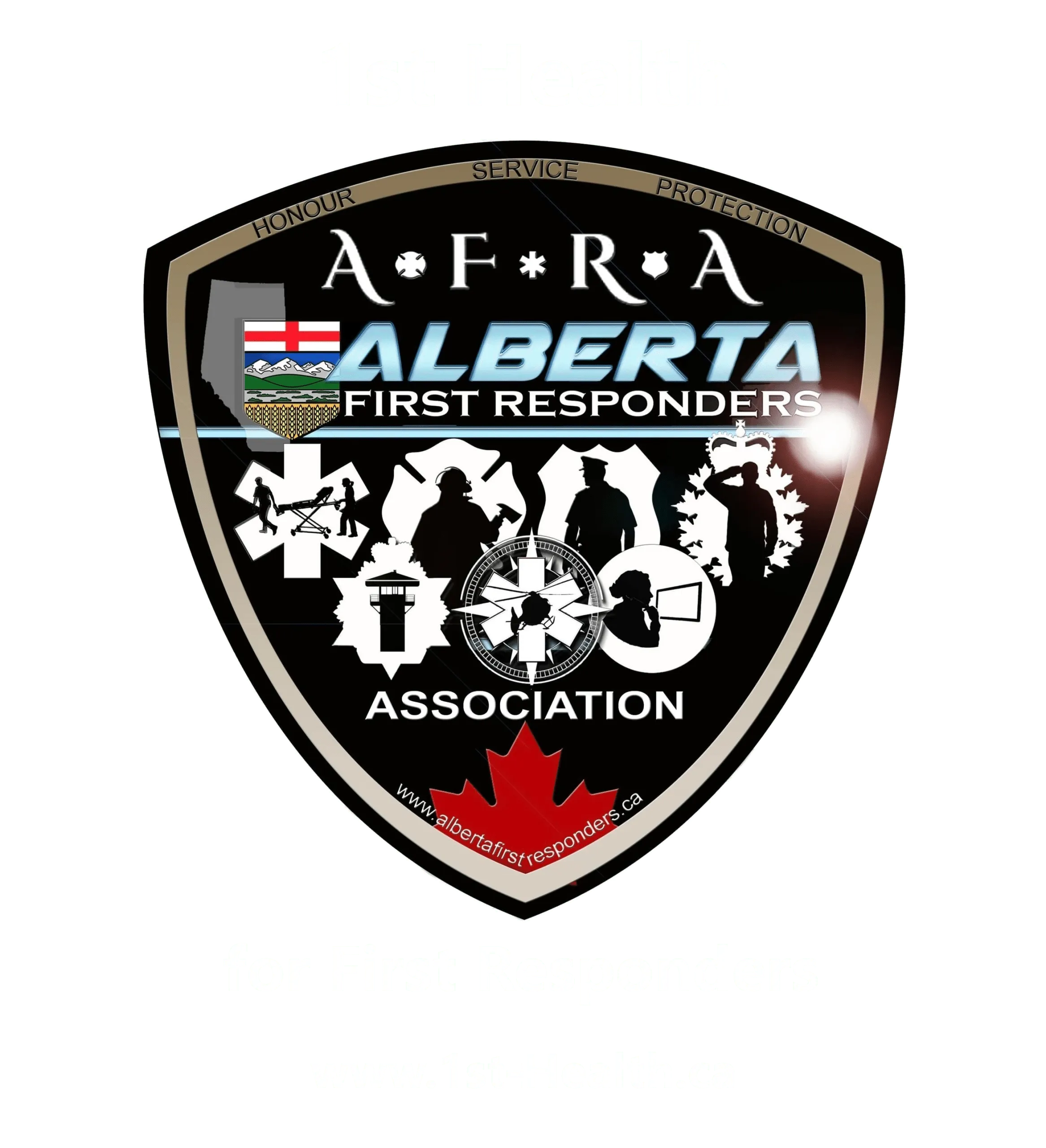Module 2: Coping Mechanisms & Resilience Building
You’ve learned how stress and trauma can impact you. Now, let’s turn that knowledge into action. This module provides you with a robust toolkit for managing the daily grind, navigating the intense moments, and bouncing back from the toughest calls. It’s about proactive strategies to build your internal strength and ensure you have the resources to not just get through, but truly thrive in your demanding career.
Resilience isn’t something you’re born with or not; it’s a set of skills you can learn, practice, and strengthen over time. Think of it like physical training for your mind and emotions.
The First Responder Experience: Beyond the Call
Healthy vs. Unhealthy Coping
When faced with stress, your body and mind will naturally seek ways to cope. The key is to distinguish between strategies that genuinely help you process and recover (adaptive) and those that offer temporary relief but cause long-term harm (maladaptive).
Adaptive (Healthy) Strategies:
These strategies genuinely help you process emotions, restore energy, problem-solve, and build long-term well-being. They provide sustainable relief and growth.
-
- Exercise: Physical activity is a powerful stress reducer. It releases endorphins, helps burn off excess adrenaline, and improves mood. Whether it’s a rigorous gym session, a long run, hiking in the Rockies, or even just a brisk walk, find what works for you.
- Hobbies & Interests: Engaging in activities you enjoy that are unrelated to work provides a crucial mental break and a sense of accomplishment outside of your profession. This could be anything from woodworking to photography, playing an instrument, or cheering on the Flames/Oilers.
- Connecting with Loved Ones: Spending quality time with family and friends provides emotional support, a sense of belonging, and a necessary perspective shift.
- Mindfulness & Relaxation Techniques: Practices like meditation, deep breathing, or progressive muscle relaxation can help calm your nervous system and bring you back to the present moment (more on this in Module 3).
- Seeking Support: Talking to a trusted peer, a mental health professional, or utilizing your EAP are signs of strength and a vital step in processing difficult experiences.
- Journaling: Writing down your thoughts and feelings can be a powerful way to process emotions, gain clarity, and identify patterns.
- Healthy Boundaries: Learning to say “no” to extra commitments, protecting your off-duty time, and limiting exposure to excessive news or social media can prevent burnout.
Maladaptive (Unhealthy) Strategies:
These provide a temporary escape or numbing effect but ultimately prevent true healing, can lead to addiction, exacerbate problems, and damage your long-term health and relationships.
-
- Excessive Alcohol/Substance Use: Using alcohol or drugs to numb feelings, self-medicate for sleep, or escape from thoughts. This often leads to dependency, increased anxiety and depression, and health problems.
- Isolation: Withdrawing from friends, family, and colleagues, refusing to talk about your experiences, and trying to handle everything alone. This can lead to increased loneliness and a lack of vital support.
- Emotional Eating: Using food to cope with stress, boredom, or sadness, often leading to unhealthy eating patterns and physical health issues.
- Avoidance: Constantly distracting yourself, bottling up emotions, or refusing to acknowledge the impact of your work. This doesn’t make the feelings go away; it just pushes them deeper, where they can cause more damage.
- Risk-Taking Behaviours: Engaging in reckless activities (e.g., excessive speeding, reckless driving off-duty, dangerous hobbies without proper safety) as a way to feel something or externalize internal distress.
Developing Your Personal Resilience Plan
Resilience isn’t a fixed trait; it’s a dynamic process. You can actively cultivate it by building a personalized plan that leverages your strengths and incorporates healthy habits.
Identify Your Strengths: What Has Helped You Before?
-
- Think back to challenging times in your life, on or off the job. What personal qualities, skills, or resources did you draw upon?
- Were you resourceful, determined, adaptable, humorous, or did you lean on a strong support system?
- Recognizing these innate strengths can empower you to apply them consciously to current and future challenges. For example, if problem-solving helps you on a complex call, apply that same methodical approach to a personal stressor.
Pillars of Resilience: A Holistic Approach:
-
- Self-Awareness: Understanding your own emotional responses, triggers, and warning signs of stress. This includes recognizing when you’re feeling overwhelmed or are approaching burnout.
- Self-Regulation: The ability to manage your emotions, thoughts, and behaviours effectively in different situations. This means not just reacting, but responding intentionally.
- Optimism (Realistic): Maintaining a hopeful outlook and believing in your ability to overcome challenges, even when faced with adversity. This isn’t about ignoring reality, but focusing on what you can influence and learn from.
- Connection: Building and maintaining strong, supportive relationships with peers, family, and friends. Knowing you’re not alone.
- Purposeful Living: Having a sense of meaning and direction in your life, both inside and outside of your profession. This could be your commitment to serving the community, your family, or personal goals.
Small Wins, Big Impact: The Power of Consistency:
-
- You don’t need to overhaul your entire life overnight. Resilience is built through consistent, small, positive habits.
- Example: Instead of aiming for an hour at the gym every day, commit to 15 minutes of stretching or a quick walk around the block.
- Example: Instead of a long conversation about a tough call, aim for a five-minute check-in with a trusted colleague.
- These “small wins” accumulate, building momentum and strengthening your capacity to handle larger stressors.
Emotional Regulation Techniques for the Field and Home
Your job requires you to stay calm and focused under extreme pressure. Emotional regulation isn’t about suppressing feelings, but about managing their intensity and impact.
Tactical Breathing / Box Breathing (4×4):
This simple yet incredibly effective technique can be used literally anywhere – in the truck, on scene (if safe), or during a break. It helps to regulate your nervous system by activating your parasympathetic (rest and digest) response.
-
- Inhale: Breathe in slowly through your nose for a count of four.
- Hold: Hold your breath for a count of four.
- Exhale: Breathe out slowly through your mouth for a count of four. 4. Hold: Hold your breath out for a count of four. Repeat this cycle several times. Notice the physiological change.
Grounding Techniques: Bringing Yourself Back to the Present:
When you feel overwhelmed, your mind might race, or you might dissociate. Grounding techniques help you anchor yourself to the present moment using your senses.
-
- 5-4-3-2-1 Method:
- 5 things you can SEE: Look around you and mentally (or verbally) name five objects you can see.
- 4 things you can FEEL: Notice four things you can feel (e.g., the texture of your uniform, the chair beneath you, the temperature of the air, your feet on the ground).
- 3 things you can HEAR: Listen for three sounds (e.g., traffic, your own breath, distant voices).
- 2 things you can SMELL: Notice two smells (e.g., coffee, the scent of the station, outside air).
- 1 thing you can TASTE: Notice one taste in your mouth (e.g., lingering coffee, mint, saliva).
- Physical Grounding: Pressing your feet firmly into the floor, clenching and unclenching your fists, or holding an object and focusing on its texture.
- 5-4-3-2-1 Method:
Identifying “Triggers”:
-
- Take time to reflect on what specific types of calls, situations, or even sensory inputs (e.g., certain smells, sounds) tend to affect you more deeply.
- For example, calls involving children might be particularly challenging for parents. A specific type of injury might remind you of a past personal experience.
- Knowing your triggers allows you to prepare, utilize coping strategies proactively, or seek additional support when you anticipate or experience them.
The Power of Connection and Social Support
You’re part of a unique brotherhood/sisterhood, but true support extends beyond the uniform.
Beyond the “Thin Blue/Red/Gold Line”:
-
- While peer support is absolutely vital (and we’ll delve deeper into it in Module 6), it’s important not to rely solely on your colleagues for all your emotional needs.
- Cultivate diverse relationships: family, friends outside of emergency services, community groups, sports teams, religious communities. These relationships offer different perspectives, a break from work-related conversations, and a broader support system.
- Alberta has strong community ties. Lean into them.
Effective Communication: Bridging the Gap with Loved Ones:
-
- It can be challenging to explain the realities of your job to those who haven’t experienced it. Loved ones often want to help but don’t know how.
- Be Specific about Your Needs: Instead of “I’m stressed,” try “I need some quiet time when I get home,” or “Can you just listen without trying to fix it?”
- Share Appropriately: You don’t need to recount every gruesome detail, but sharing the impact of your work (e.g., “That call really got to me,” “I’m feeling extra tired today”) can help them understand.
- Educate Gently: Help them understand concepts like cumulative stress or the “adrenaline crash” so they can better support you.
Cognitive Reframing
Your thoughts have a powerful influence on your emotions and actions. Cognitive reframing is about consciously challenging unhelpful thought patterns and choosing more balanced perspectives.
Challenging Negative Thought Patterns:
-
- The “Shoulds” and “Coulds”: First responders often fall into the trap of thinking, “I should have done more,” or “If only I had…” Recognize that you operate in dynamic, often uncontrollable environments. You make the best decisions with the information and resources available at the time.
- Personalizing Blame: It’s easy to take on the burden of situations beyond your control. Remind yourself of the objective reality: you are a professional, you did your job, and some outcomes are simply not preventable.
- Catastrophizing: Blowing minor setbacks out of proportion.
- All-or-Nothing Thinking: Seeing things in black and white (e.g., “I failed completely” instead of “I learned from that experience”).
Practicing Realistic Optimism and Focusing on What You Can Control:
-
- Identify Your Locus of Control: Recognize what elements of a situation are within your influence (e.g., your training, your response, your self-care) versus what is outside your control (e.g., public behaviour, weather, patient outcomes). Focus your energy on what you can control.
- Learn from Experience, Don’t Dwell on Regret: Reflect on calls for professional learning, but avoid getting stuck in self-blame.
- Gratitude Practice: Regularly acknowledge the positive aspects of your life, even small ones. This can shift your perspective away from constant focus on negativity. This could be appreciating your crew, a beautiful Alberta sunrise, or a peaceful moment at home.



